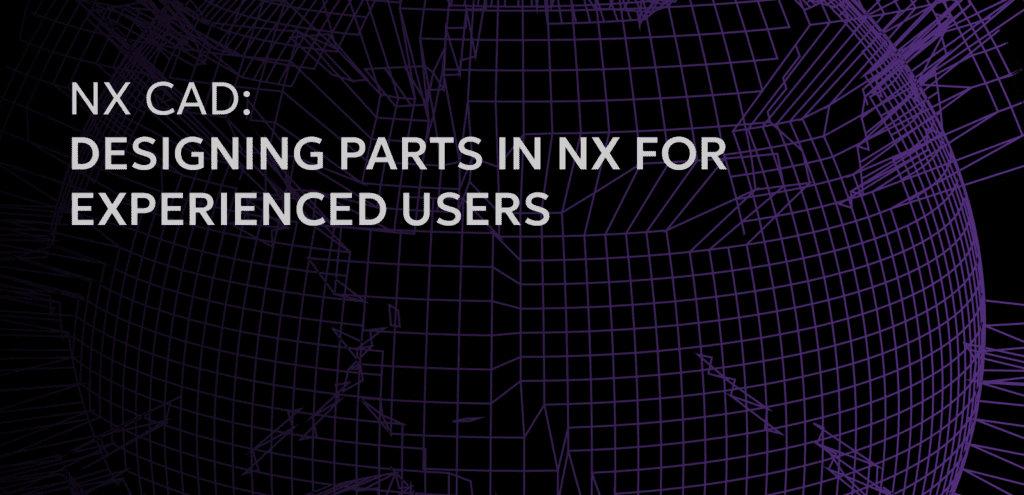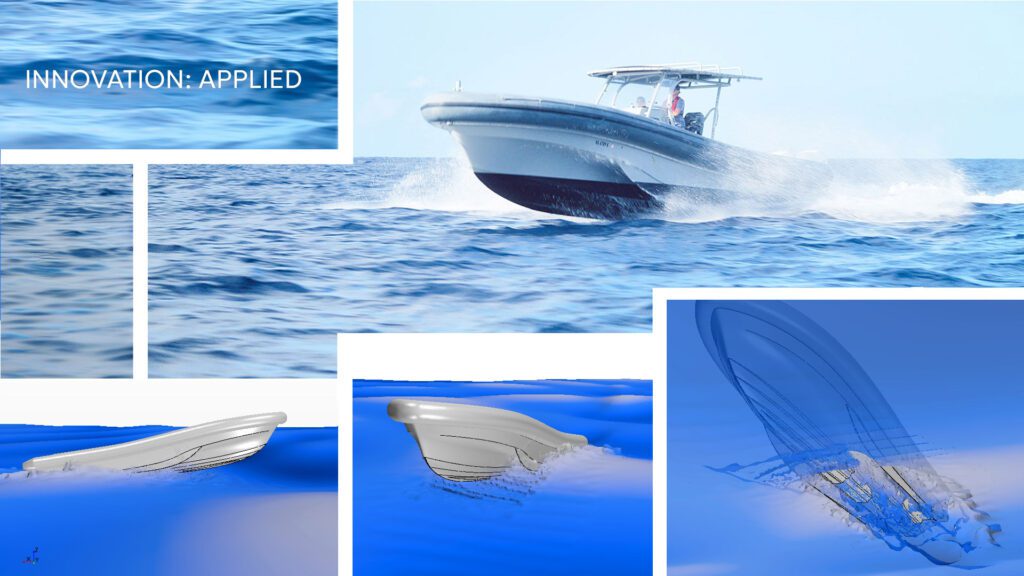While posting upcoming NX CAD classes, Applied CAx recently stumbled across a sprawling online debate about CAD software choices. The center of the debate was which CAD software is the best choice for workplaces and colleges.
The post itself isn’t that interesting – it’s short, under-informed and out of date. But the ensuing 5-year-long comment discussion is a gold mine of information. CAD users living and working in the engineering trenches give their honest opinions on their software choices.
If you’re a new CAD student or a career-focused professional, obviously you want the best choice in CAD software. You want to know that your software is:
- Prominent in the marketplace
- A quality engineering tool
- A quality investment of your time
- A quality investment of your department resources
For us at Applied CAx, it was reinforcing to see so many users choose NX CAD from Siemens PLM. Our engineers have chosen to represent and sell Siemens software, because it’s the best in its class.
Here are a few of our favorite posts, adjusted slightly for legibility (mainly paragraph breaks and emphasis):
From “Anonymous • [2013]”:
Funny thing. I stumbled across this article while looking for some estimates on the cost of an NX license. After reading some of the posts, I [couldn’t] resist the temptation to chime in.
Just to give a little background info on myself. I was an avid Solidworks fan for years during my college days. Most of the modeling work I did then was relatively simple machined parts (i.e. no complex surfacing) and I was better at Solidworks than just about anyone else around me at that time. After school, I took a job for GE designing gas turbine blades where we used UG NX. In case you may not know, the surface topology of a gas turbine blade is extremely complex (i.e. very few surfaces are planar).
My first impression was that I hated NX basically because it was different from Solidworks and there’s no arguing that the learning curve is much steeper. There were many things I had trouble with initially in NX and I craved the old days of using Solidworks which had great sketch tools and a very clean feature tree. It seemed that my old Solidworks models were so well organized.
In the early days at GE, I can remember even telling my peers and managers that we should use Solidworks because it was so much easier. Looking back, I was so out of tune with the reality of the situation. GE is one of the largest companies in the world and they had selected NX as their enterprise CAD package long before I had even opened Solidworks for the first time. They weren’t going to switch over because the new engineer in cube 43 says that Solidworks is easier…
In any event, I knew it would be a useful skill to have and so I invested some extra time in the office over the 1st year and got up to speed on NX. Within a year, I felt I could model just about anything I wanted to in NX and this was very useful as I was becoming more involved in CFD analyses.
Over the next few years, I became one of the leading CFD engineers in my design group primarily because I had a higher than average proficiency in NX modeling. I had become so good that some of the drafters would ask me questions and take tips from me. The reason my skills had developed to that level was because CFD analysis often requires much manipulation of the base geometry in order to form the fluid volume in which you are analyzing. On top of that, if the base geometry has more complex surfaces than say a pipe and flange assembly, then the forming of the fluid volume involves manipulation of those surfaces with many advanced tools that an average drafter would not use on a daily basis.
I, on the other hand, used many of the advanced surface modeling tools simply because they were necessary to get the job done. I recently left GE to take a very lucrative job for a small company and the first big change was the use of Solidworks as a CAD package.
I now only dream of the glory days when I could open NX and do anything I wanted with little resistance from the software. Based on my personal experience, Soldworks should not even be mentioned in the same discussion as NX when it comes to advanced solid modeling.
If you want to create a discussion on what is the best CAD package in regards to overall capability, then it should be CATIA vs. NX. Any industry that deals with complex surfaces (i.e. automotive, aircraft, aerospace, marine) is likely to be using CATIA or NX (some may use ProE)…
And here’s another one in favor of NX:
kanishk • [2014]
Do you even realize what you are saying… UG is dying? LOL. UG is the best of the best CAD+CAM+CAE package available today, greatly improvised after Siemens picked it up. SW inventor even Creo don’t stand a chance when it comes to overall flexibility and power. The biggest in the world are either on NX or CATIA. Creo is also in the same league somewhat but it lacks CAE and surfacing capabilities….
Many commenters touch upon which industries favor NX versus Pro/E, etc:
Jen P • [2014]
I can correct a few other misstatements. Ford does not use NX, they use CATIA V5. However, Ford does use Teamcenter Enterprise as its PLM solution. Both NX and Teamcenter are used at GM and Chrysler. They are also used at many, many other automotive, aerospace, defense and shipping companies. Unigraphics as a software brand is dead, but the company and its software offerings are thriving. Also ProEngineer is now known as Creo Elements/Pro.
For those interested here’s the original post.








